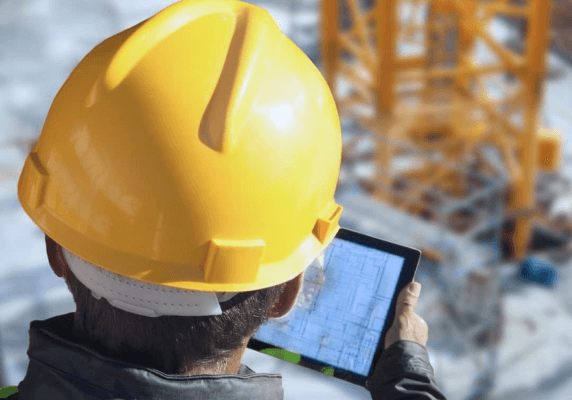
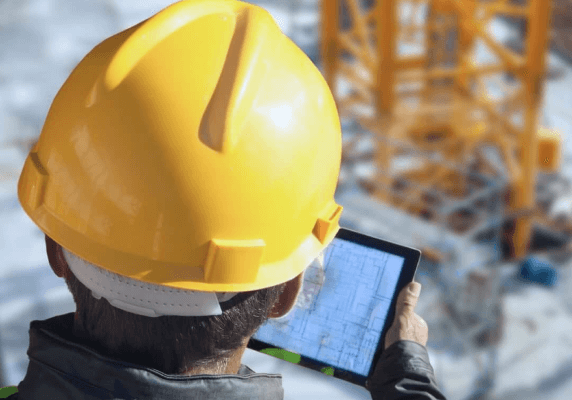
Construction
JHA pack distribution, safety talks, permit approvals, pre-tasks, work permits, e-signature
Protect your teams and assets, maintain regulatory, and improve field productivity with Fluix










Let your field teams fill out checklists and submit reports directly through the Fluix safety management app
Mobile Safety Inspections for Risk Mitigation Learn More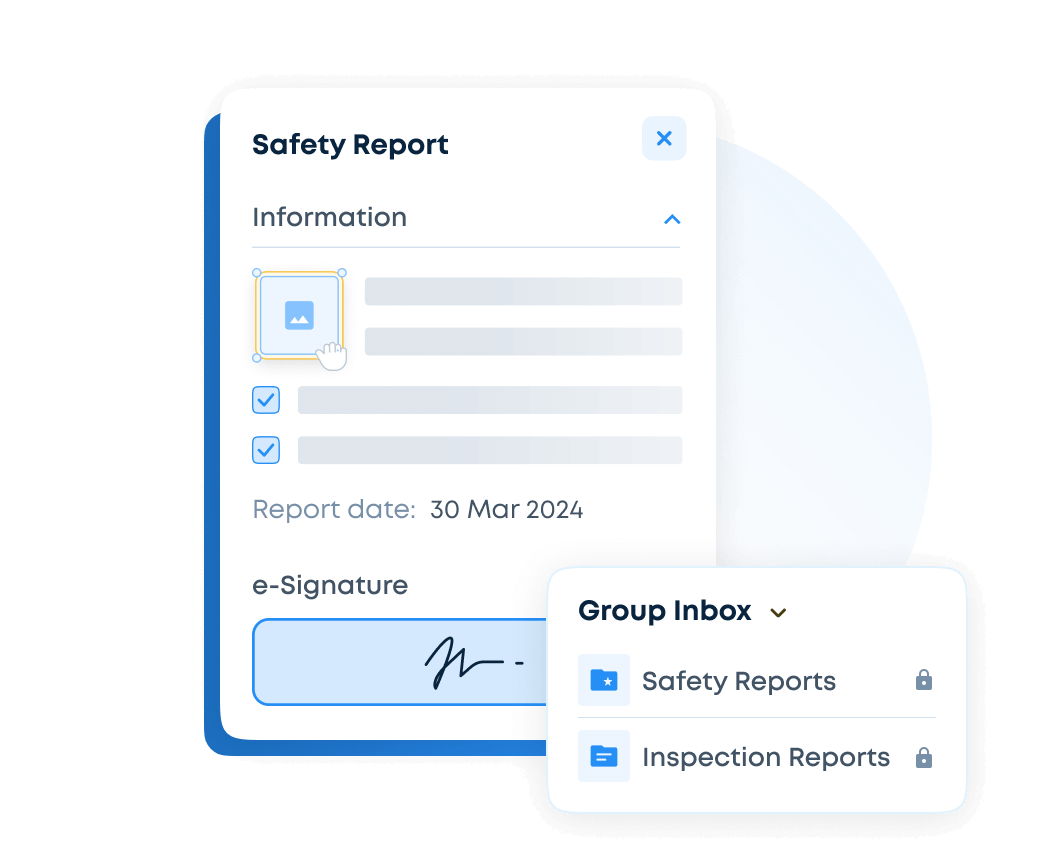
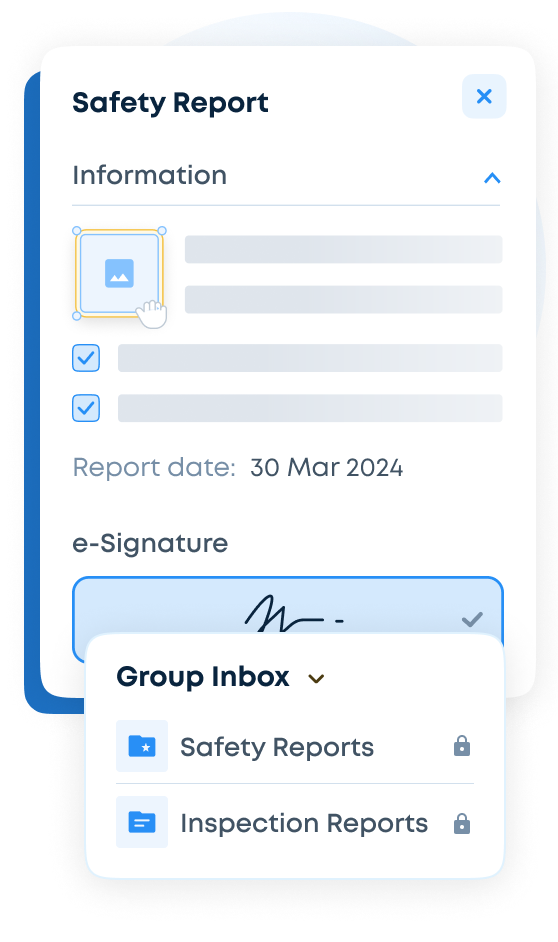
Create transparent and fast approval cycles among all teams, and speed up response times for corrective actions
Hazard Management for Risk Control Learn More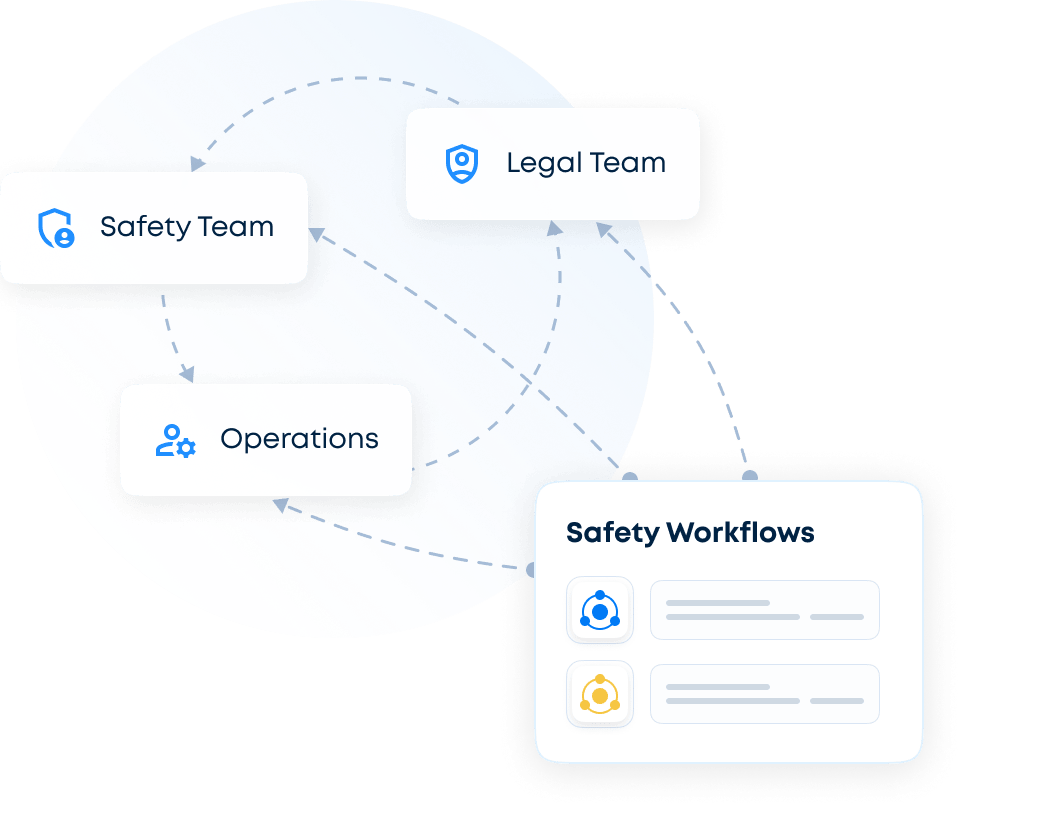
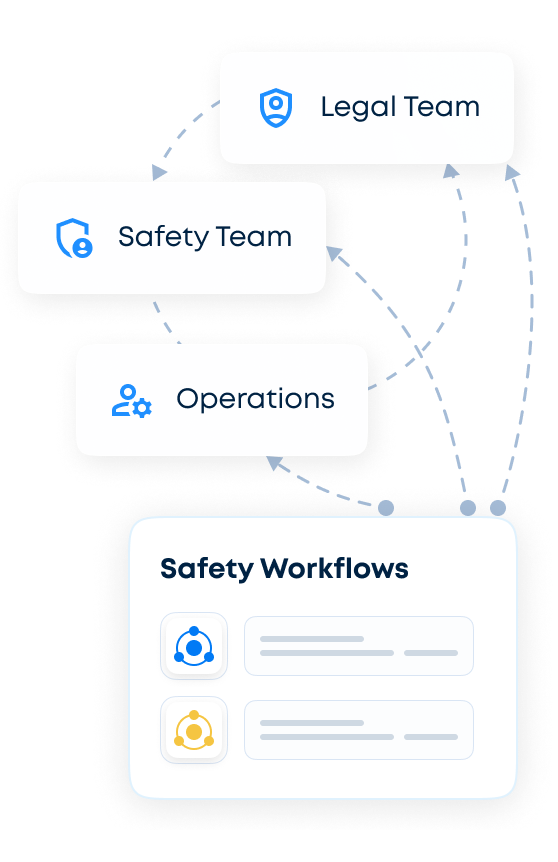
Empower your teams to report incidents quickly and accurately using the Fluix incident reporting tool with data tracking features
Incident Reporting for Accident Prevention Learn More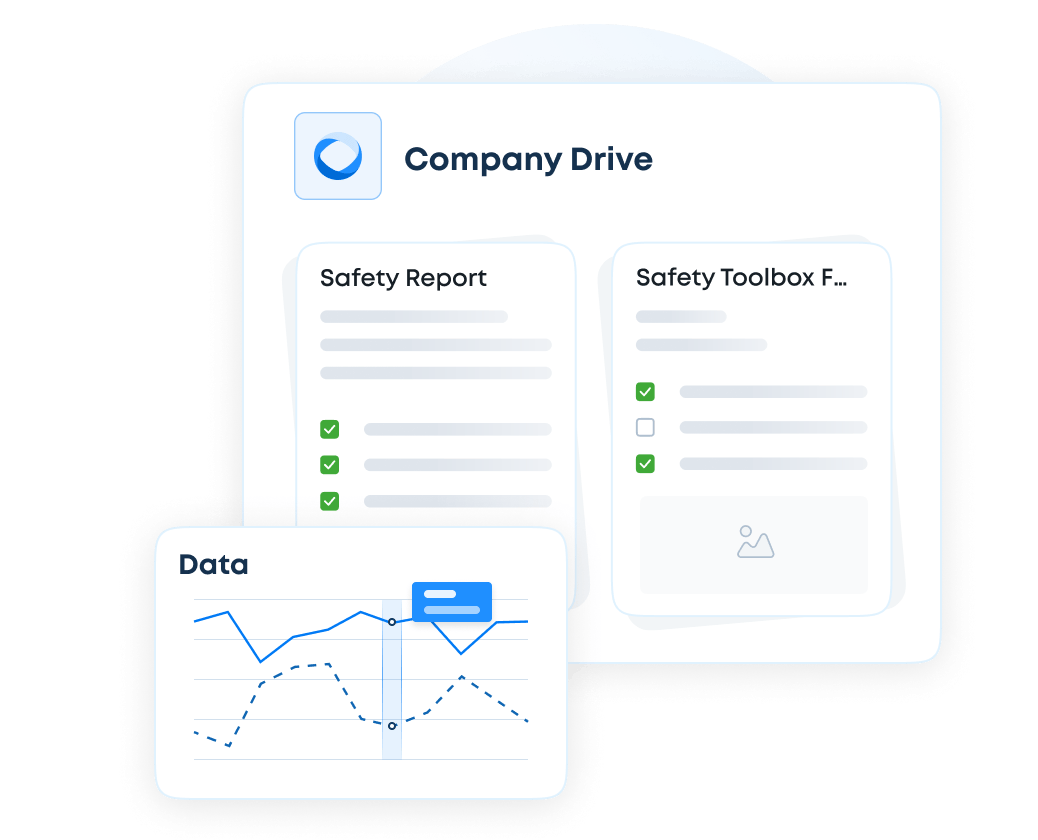
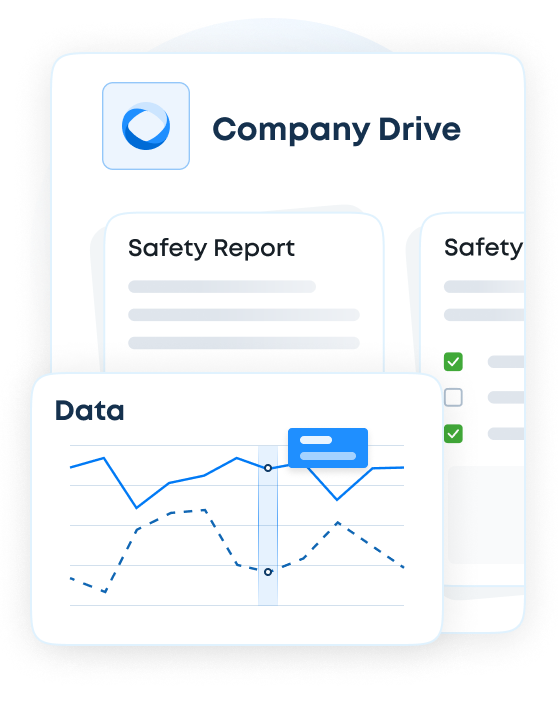
Keep your compliance on track by reaching out to us today
Monitor safety policies and certifications for ongoing alignment with changing regulatory requirements and policies
Compliance Solutions for Audit Readiness Learn More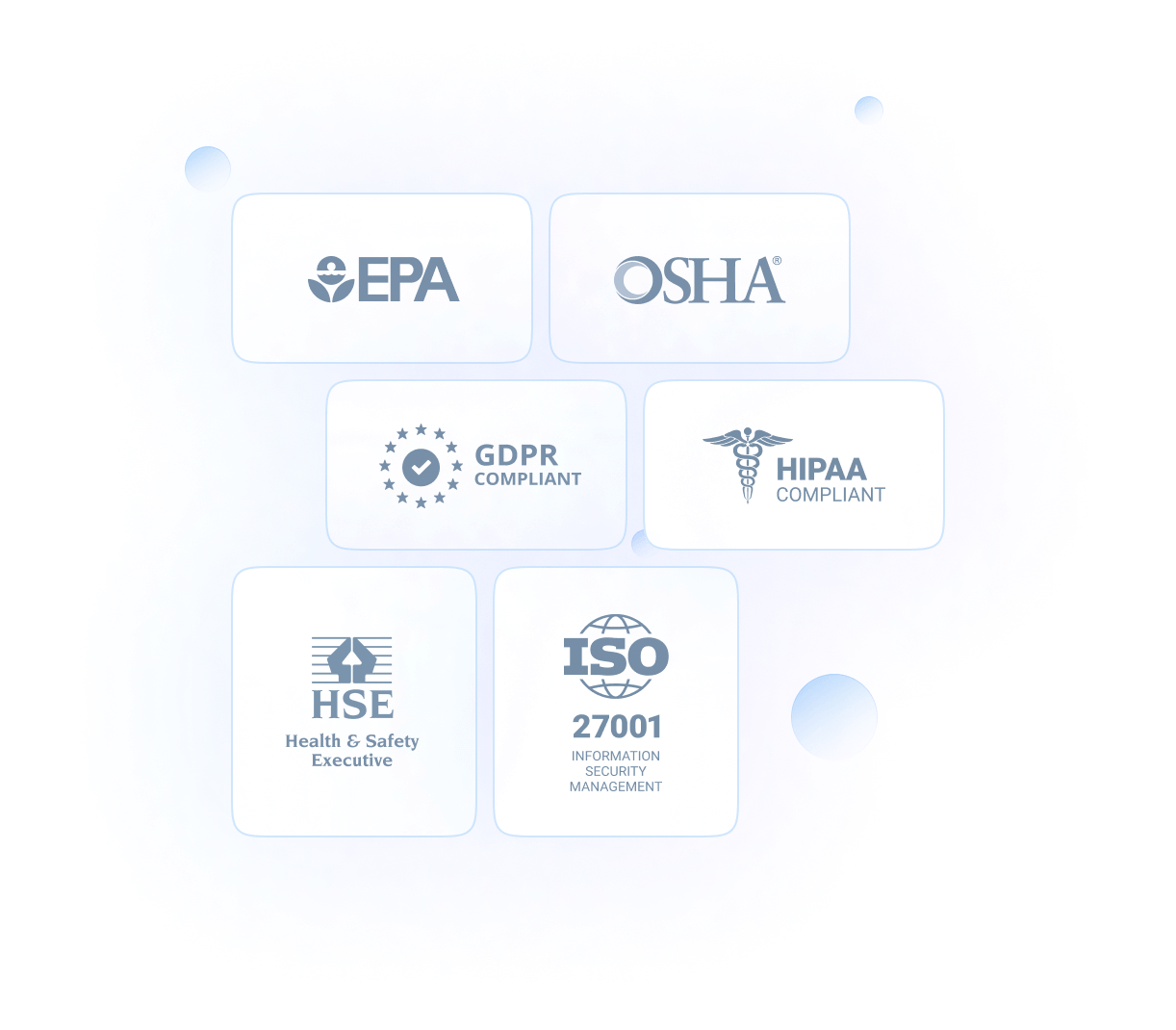
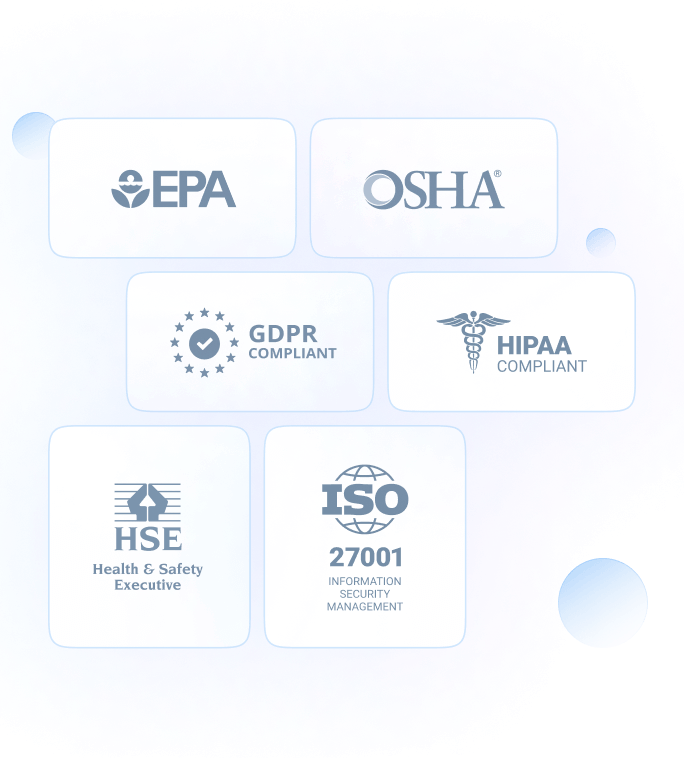
Equip your teams with the necessary skills, and properly onboard contractors with the Fluix workplace safety software
Safety Training for Resilient Workforce Learn More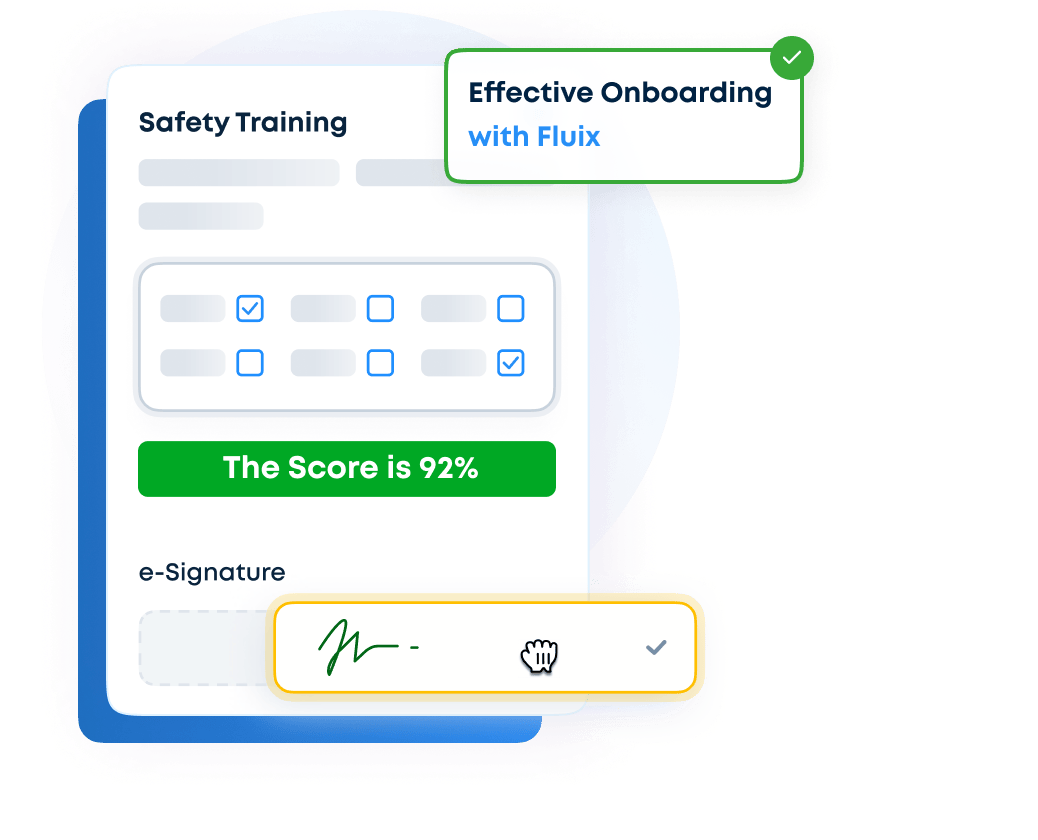

Conduct effective safety toolbox talks by giving your teams easy access to the latest guidelines and checklists via the app
Toolbox Talks for Effective Safety Practices Learn More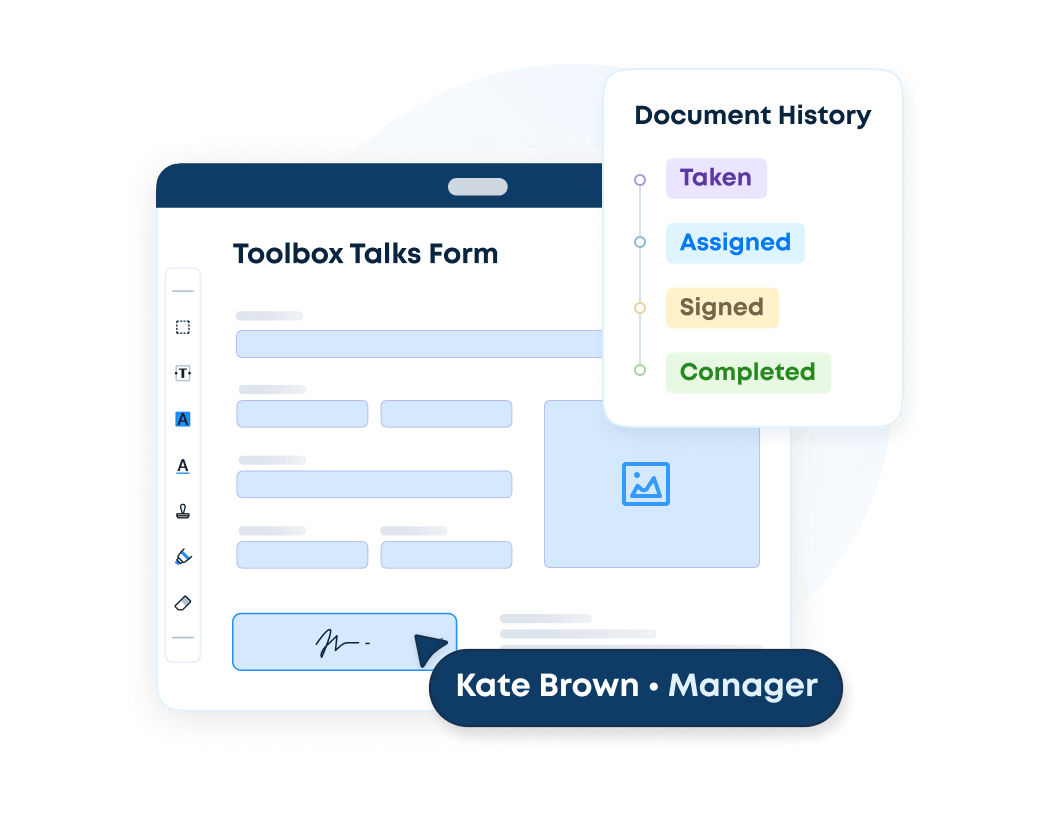
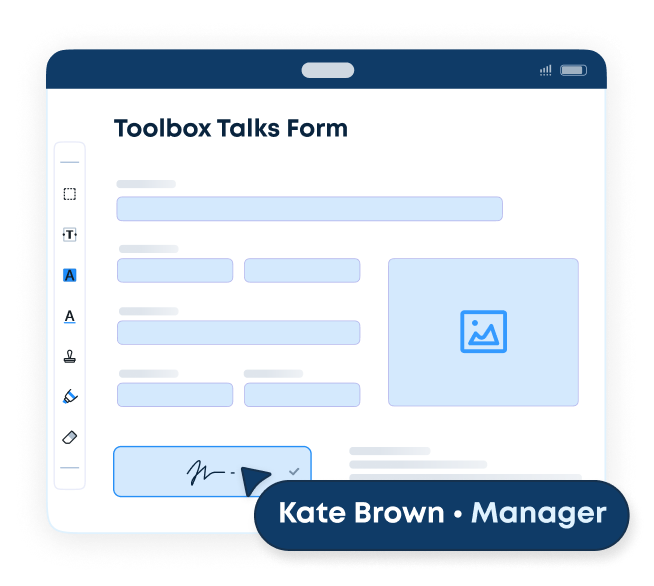
Azure
Dropbox
Zapier
Procore
Salesforce
Microsoft 365
Pipedrive
Monday
Power BI
Connect Fluix with data analysis tools like Power BI and Tableau to gain visibility
into key safety performance metrics.
Use this information to address risks proactively and improve safety operations
across your organization.


JHA pack distribution, safety talks, permit approvals, pre-tasks, work permits, e-signature


Customizable checklists, wind turbine inspection workflows, digitized QA documentation
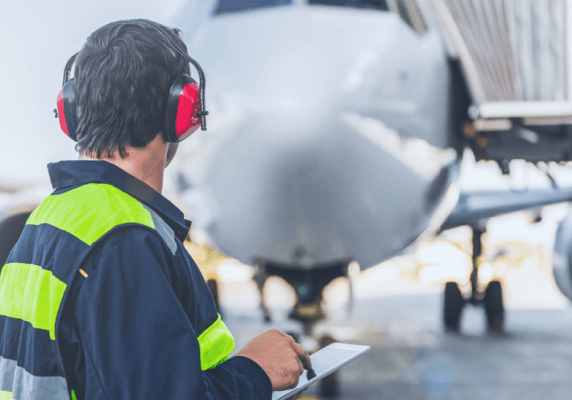
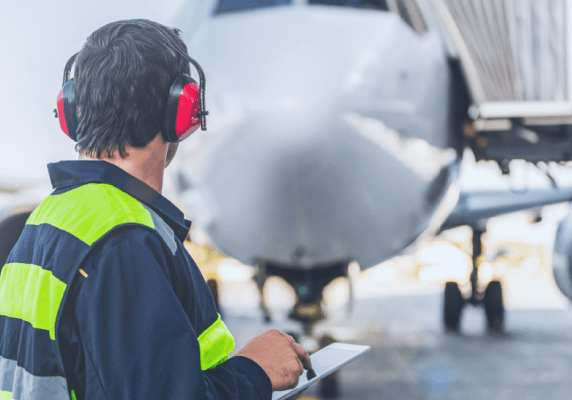
Weight and balance worksheets, journey logs, electronic flight blogs, MRO integrations, pilot training
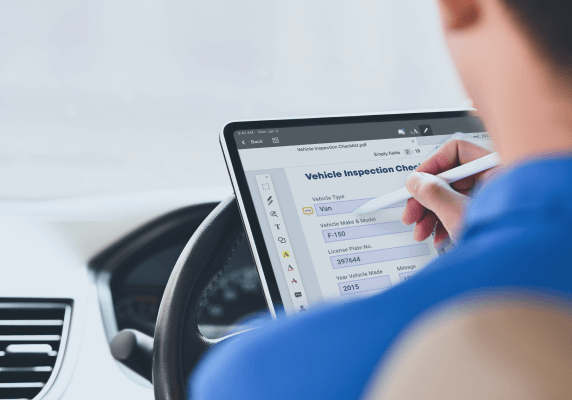
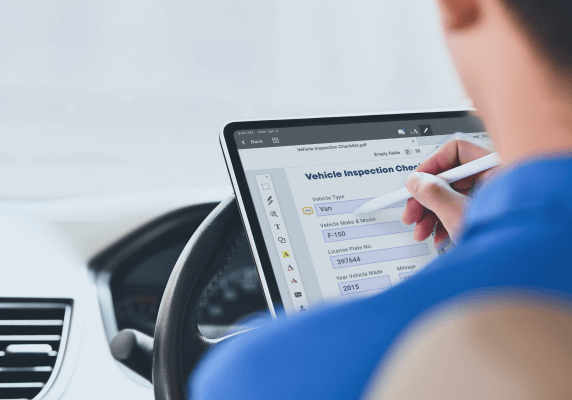
Digital HOS records, vehicle inspection checklists, electronic DVIR, fleet maintenance, CSA score





Have question about how to do it? Our team is here to help.